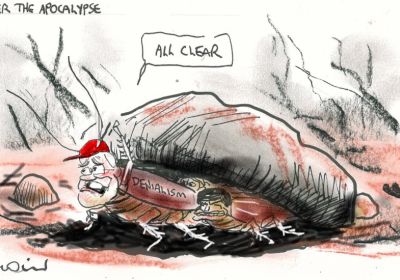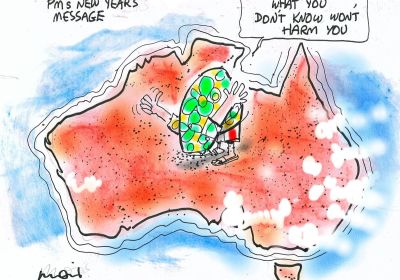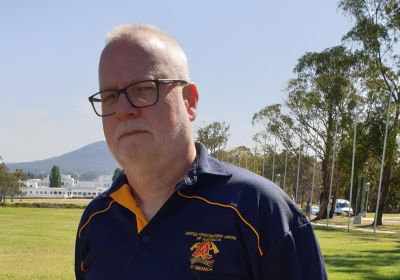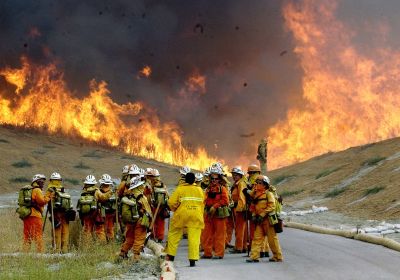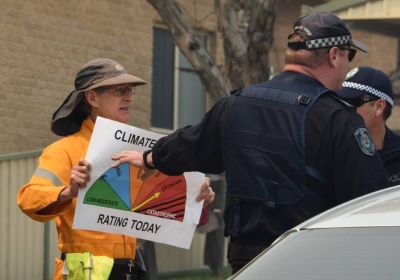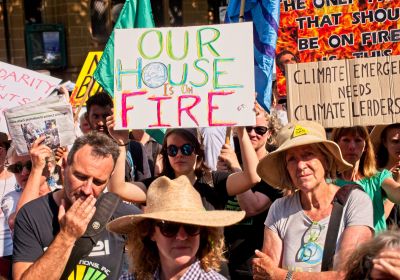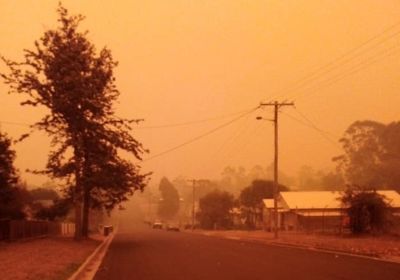
David Mcevoy, an environment and LGBTI activist, was visiting a friend in Cobargo, NSW, on New Year’s Eve when the catastrophic bushfires hit the historic town. Green Left’s Rachel Evans talked to him about his escape from the firestorm and the community’s resilience.
